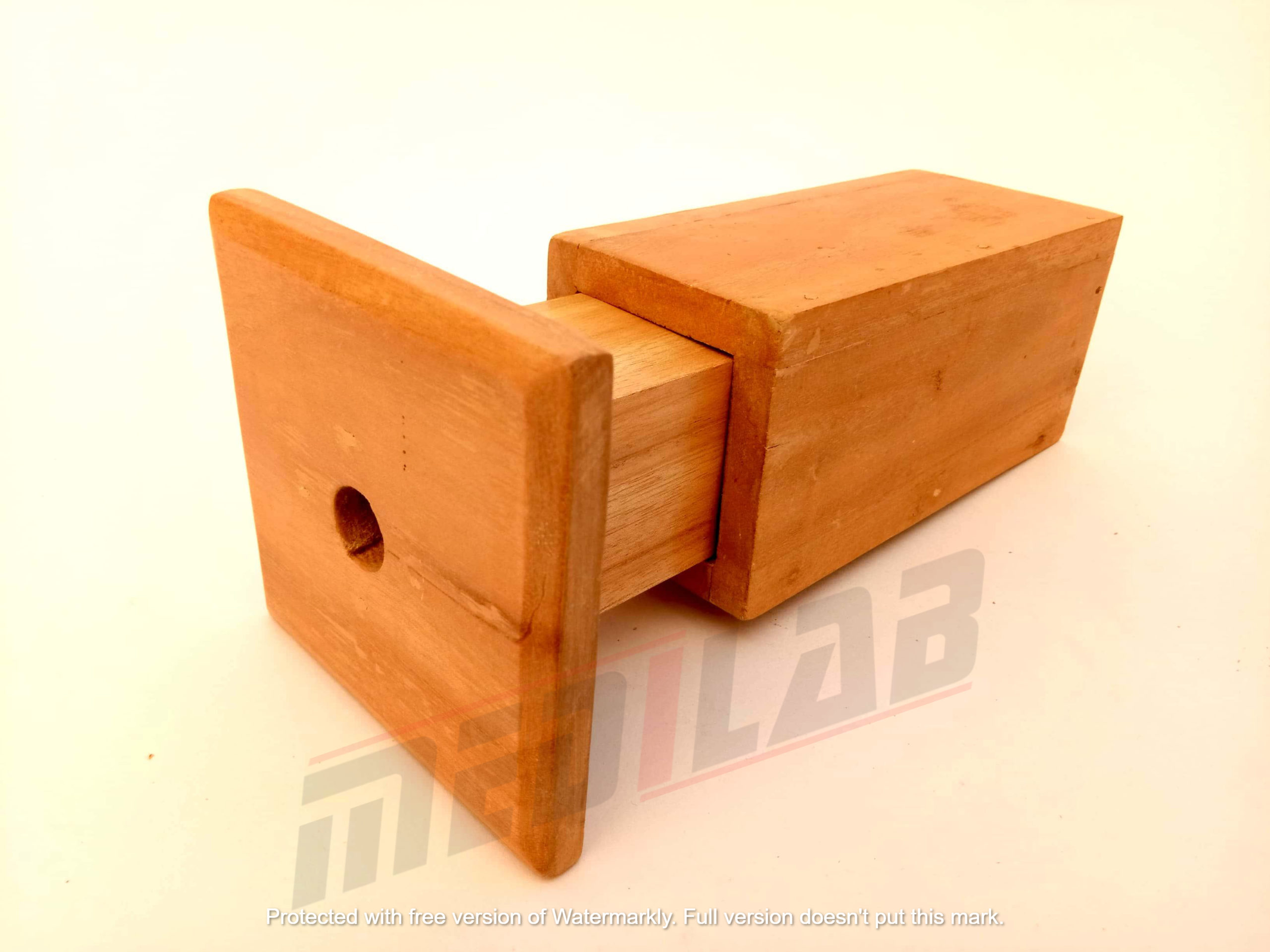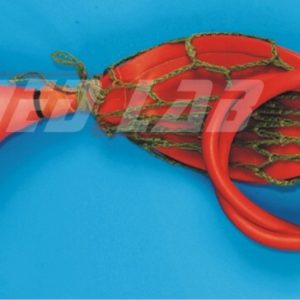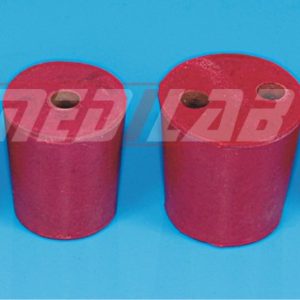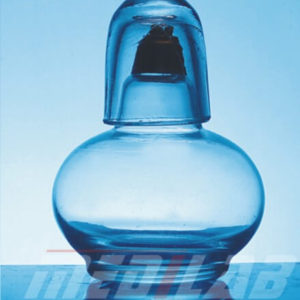Description
A wooden pin-hole camera is a simple camera that uses a tiny pinhole instead of a lens to capture an image on light-sensitive film or paper. The camera is typically made of wood and has a light-tight box with a small hole in one end and a film or paper holder at the other end.
To use a wooden pinhole cameras, the user loads the camera with film or paper and then finds a subject to photograph. The camera is placed on a tripod or other stable surface and pointed at the subject. Because the pinhole is so small, the camera must be exposed to light for a longer period of time than a traditional camera to capture a properly exposed image.
When the exposure is complete, the film or paper is removed from the camera and developed in a darkroom or with specialized chemicals. The resulting image will be a black and white, reversed image of the subject, with a characteristic soft focus and vignetting around the edges.
Wooden pinhole cameras are often used by photographers as a creative tool to produce unique and artistic images. They are also used in education to teach the principles of optics and photography. Overall, a wooden pinhole camera is a simple, fun and educational way to explore the world of photography.







